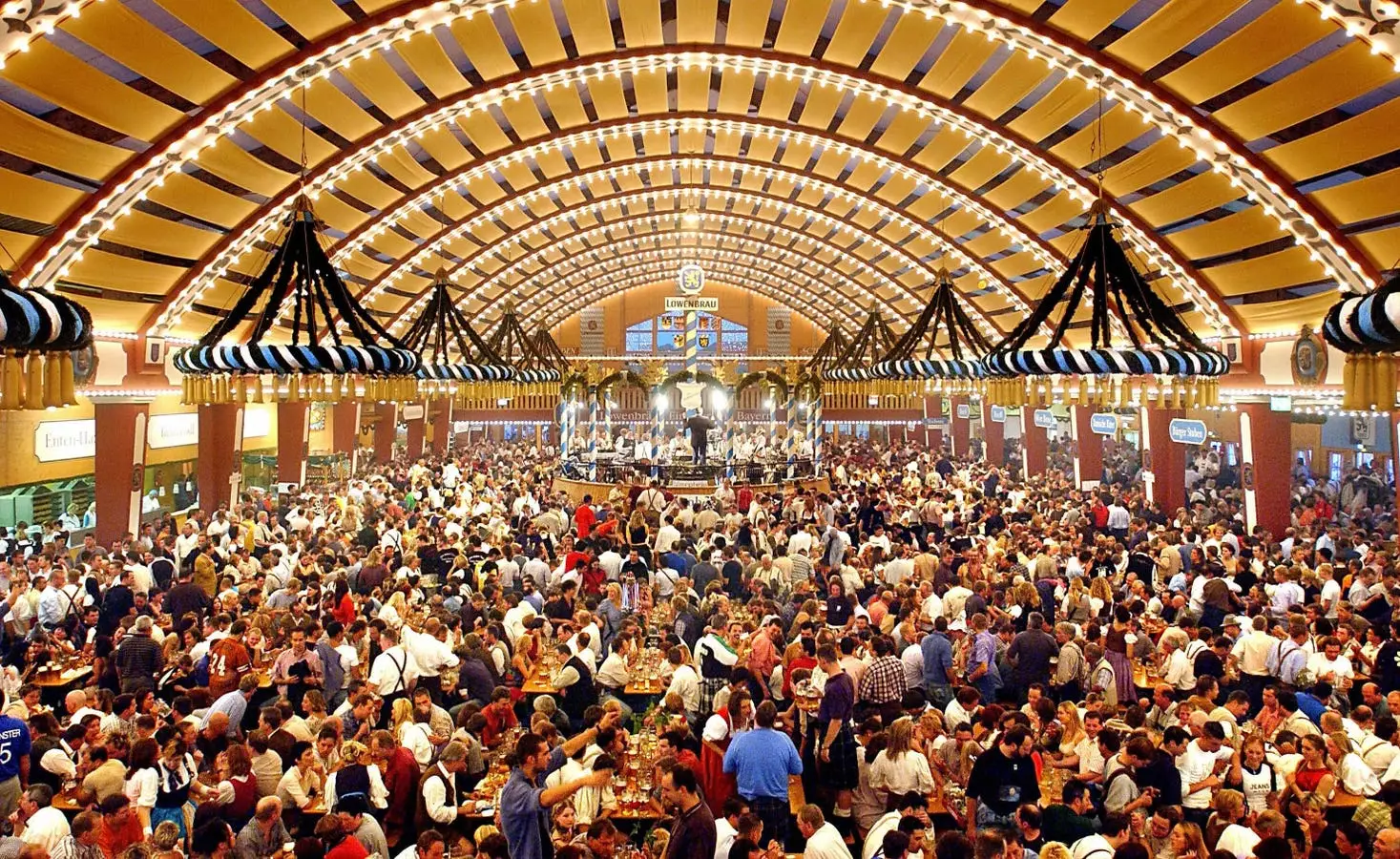Oktoberfest is more than just an annual beer celebration; it’s a cultural phenomenon steeped in history, tradition, and, most importantly, camaraderie. Understanding the nuances of this festival can enhance your experience tremendously, whether you’re on the expansive grounds in Munich or celebrating elsewhere. This article will delve into the history of Oktoberfest, the types of beer served, traditional outfits, and essential etiquette to ensure you enjoy this joyous occasion to the fullest.
Oktoberfest began as a royal wedding celebration in 1810. Crown Prince Ludwig I of Bavaria married Princess Therese of Saxe-Hildburghausen, and the people were invited to join the festivities. The event included a horse race, which was such a hit that it evolved into a yearly agricultural fair. Over the years, these festivities transformed into what we now recognize as Oktoberfest, showcasing Bavarian culture and creating a space for beer enthusiasts to mingle. The original site, Theresienwiese (often referred to as the “Wiesn”), is not just a historic place; it remains the symbolic heart of Oktoberfest, where countless memories are made each autumn.
What’s particularly fascinating is how Oktoberfest has adapted and grown since its inception. It now attracts millions of visitors, making it one of the largest festivals in the world. The blend of historical significance with modern-day enthusiasm creates an atmosphere that is unique to this time of year.
The Beer Selection: A Taste of Tradition
When one thinks of Oktoberfest, beer is inevitably at the forefront. However, not just any beer holds the title of “Oktoberfest beer.” In Munich, the official beer is known as festbier, characterized by its higher alcohol content—generally above 6% ABV—and a finely balanced flavor profile featuring a smooth, malty taste with subtle herbal notes.
In contrast, the Märzen beer served at Oktoberfest has its origins in brewing practices from centuries past. This amber-hued lager, which is lighter in alcohol (around 5.8% to 6.3% ABV), has become synonymous with the festival in American contexts, often misleading those unfamiliar with true Bavarian traditions. Therefore, when ordering beer, knowing the difference can enhance both your palate and your experience, allowing you to savor the genuine Oktoberfest flavor.
It is interesting to note that many breweries outside Germany may label their offerings as “Oktoberfest,” often rendering Märzen-style beers that may not align with the authentic Munich festbier. This distinction highlights the importance of cultural authenticity when embracing the festival’s beverage legacy.
No Oktoberfest experience is complete without traditional attire, referred to as “tracht.” This attire comes in various forms, from the classic lederhosen for men to the beautiful dirndls for women. Lederhosen, meaning “leather pants,” are both practical and stylish, cut above the knee for agile movement—ideal for festivities filled with dancing and revelry. Meanwhile, dirndls consist of a bodice, skirt, blouse, and apron, allowing women to express themselves through an array of designs, from colorful and contemporary to classic and modest.
A defining accessory often seen at the festival is the Tyrolean hat, which pairs splendidly with the folk costumes. These hats, adorned with flowers, feathers, or the elaborate gamsbart—a traditional fur brush—are not just decorative; they signify regional pride and serve as conversation starters.
Whether you opt for a full tracht or a casual nod to traditional attire, wearing something festive amplifies the sense of community during Oktoberfest, bridging gaps between locals and tourists alike.
As with any cultural event, navigating Oktoberfest requires a bit of awareness regarding customs and etiquette. While drinking and merriment are central to the experience, it’s crucial to engage respectfully with the traditions and the people around you.
The festival’s atmosphere encourages camaraderie and shared experiences, so don’t hesitate to participate in group activities like singing and dancing. However, it’s equally essential to remain mindful of your consumption and personal safety. It’s a large crowd filled with excitement, so pacing yourself and drinking water intermittently will help you enjoy the event without overindulging.
In addition to personal responsibility, embrace the spirit of Oktoberfest by joining in the celebrations with those around you, ensuring laughter and good times are shared—a cornerstone of what makes Oktoberfest truly special.
Oktoberfest is a vibrant tapestry woven from historical roots, delightful brews, colorful attire, and, most significantly, a spirit of unity. Whether you’re indulging in a glass of festbier, donning a traditional outfit, or simply sharing a laugh with fellow revelers, the heart of Oktoberfest lies in enjoyment and connection. Prost!


Leave a Reply